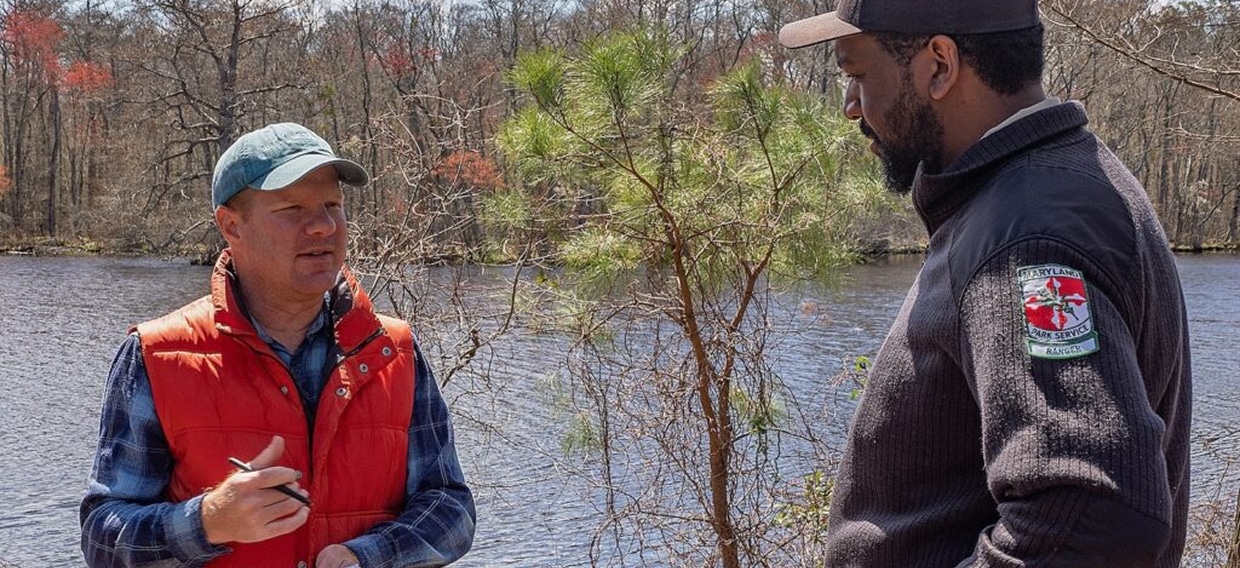One of the most urgent sustainability questions is how audiences have found INN members’ reporting as massive shifts in social media ended a decade-long distribution system for the news.
INN’s annual Index survey asked members of the INN Network about their continued use of social media and what they were prioritizing as the largest source of referral traffic came to a close in late 2023.
In October 2023, Meta completely eliminated from the Facebook feed all posts from Pages, the only type of accounts that organizations — including news publishers — are able to operate on the platform, according to Meta’s quarterly “Widely Viewed Content Report.” A news story now only appears on Facebook if an individual posts it, sharply reducing referral traffic to publishers’ websites, newsletters and other owned products. No other social media platform is even close to replacing it — even with Facebook referrals among the lowest recorded in the past decade, it still accounts for more referral traffic than all other social media platforms combined, according to a cross-section of the broader news industry provided by Echobox.
The last INN Index survey had the potential to expose a collapse in the audience for nonprofit news, but instead — as shown in the Audience & Distribution Index Report 2024 — it revealed a broad resiliency among a large majority of members and clear pathways that those most successful are taking to invest and grow their audiences.
Key Findings from INN’s Audience & Distribution Index Report:
- Large national outlets were hardest hit by declines in referral traffic, but best positioned to regain some ground through search.
- Search is now the largest source of referral traffic for most INN members, leaving news organizations that primarily publish on websites more reliant on Google for growing audiences in the future.
- Pivoting to newsletters in 2023 provided strong gains, but it’s unclear how much was attributed to a unique moment in changing traffic patterns.
- The page view is declining rapidly as a reliable measure of a news organization’s reach because it does not reflect other means of engaging audiences.
- Investment in audience engagement and development paid off: Organizations that added staff time and resources to audience efforts saw the biggest gains in newsletter growth, website traffic, and success on search.
Social Media
Social media referral traffic has declined for news organizations. On average, only 16% of referral traffic comes from social media for INN member organizations.

While nearly all newsrooms across the INN Network are still posting their content on social media, with 60% of members posting daily, it no longer serves as the primary method of routing people to their website or other products where they have exclusive control over how their stories are presented or can add a call to sign up for a newsletter or donate.
The overwhelming majority of members, 85%, were founded between 2007 and 2023, a period when news organizations could rely on low distribution costs due to consistent referral traffic from social media. However, with the decline in social media referral traffic, it became unclear how this would impact the INN Network.
An encouraging sign of resiliency by a majority of members is that 60% were able to hold their website visitor numbers stable or even grow during 2023, while other parts of the media industry saw sharp declines. Losses were concentrated among the largest national outlets, representing roughly 10 percent of the INN membership. Young, local members were among the roughly 40% of members who grew their website traffic.
While there are some signals why certain types of organizations may be weathering the storm better than others, larger issues remain yet to be explored. For example, national organizations that specialize in reporting on government policy rely heavily on partners and social media to reach people affected by those policies. They may have little control over whether government policies will affect the same community consistently, which may be necessary for a product like a newsletter to remain relevant. On the other hand, local organizations may be more confident that they can focus on serving a single community with less dependence on a complex distribution network.
The clearest takeaway remained that those who invested staff time and resources in growing their audience saw the greatest gains. The group that was able to devote two full-time equivalents in staff to audience development were more likely to both have gained traffic to their website and have grown their newsletter lists. As the distribution options become more fragmented with the decline of Facebook, it seems clear that publishers will need to devote more staff time and expertise to manage that complexity to continue to grow their direct audience.
Tactics
Search rose as one of the most important factors in driving referral traffic for INN Network member organizations.
With 39% of referral traffic coming from search, it is now generating as much traffic as all other referral sources combined on average for INN members. Nonprofit news organizations are now increasingly reliant on Google to drive new audiences to their website and newsletter compared to the audiences of social media, Apple News, or Microsoft Start that can be challenging to move to other products.
Since search can often favor larger, national organizations with established topical authority, it may in the future buffer the losses for these publishers, presenting challenges for small, local publishers competing on search.
Email continues to be the most reliable distribution option for INN member organizations. A broad majority of those surveyed said they had invested more in newsletters in 2023, which appears to have paid off.
Newsletters continued to grow even among half of those that saw website traffic decline. Among those succeeding in growing website traffic, the gains were even more significant to newsletter lists and almost none saw meaningful losses in newsletter lists.
For some, links to the website in newsletters are doing significant work to stabilize visitor numbers. Again, investment in staff time paid off and those putting more staff hours towards growing their lists saw the biggest gains.
Many INN members, such as the Narwhal, made significant pushes to move their Facebook audiences over to email before being cut off. It is unclear how much of the growth in email newsletters can be attributed to that outreach to audiences that still wanted links to news articles but could no longer get it on social media.
Conclusion
Going into future INN Index surveys, it is clear that website traffic is no longer a reliable measure of an organization’s true audience size. The 19th and other INN members have innovated new ways to calculate their organization’s reach, which will be increasingly important in the future.
Many of the current distribution options do not have simple metrics like page views that can easily be consolidated from Apple News, web sites and other platforms. Increasingly it is a mishmash of less reliable metrics that all measure different types of reach or engagement that are much more challenging to consolidate to paint one simple picture of an organization’s performance.
Another clear takeaway is that it is becoming more complex to grow the audience for a news organization. Those investing in the staff and resourcing necessary to navigate that complexity are the ones showing the clearest gains year over year.
In the next chapters of the Audience & Distribution Index Report 2024 INN will look at how nonprofit news organizations are adjusting their paid marketing and distribution as options for free distribution become more limited.







